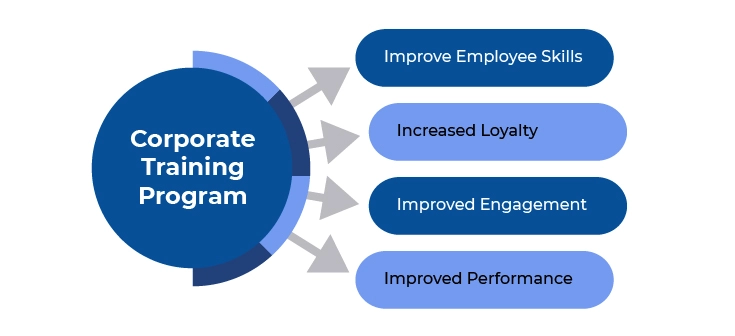In the fast-paced world of business today, it is crucial to enhance the skills of your workforce. A well-crafted training program for employees not only increases efficiency but also promotes a culture of ongoing learning. Creating a framework for training can greatly influence the success of any organization. This article delves into methods for enhancing workforce skills through an employee training system.
Exploring the Requirements of the Workforce
It is essential to recognize employees’ requirements in the process. A company must carry out evaluations to identify areas where skills are lacking and require enhancement. This procedure involves conducting surveys, interviews, and assessing performance. By identifying these requirements, a company can customize training initiatives to focus on skills using an employee training system.
Tailoring Training Programs
Once the requirements of the workforce have been pinpointed, it is crucial to personalize training initiatives. This personalized approach guarantees that the training remains relevant and engaging since employees perceive that their personal growth is given importance. A blend of learning methods, including workshops, courses, and practical training sessions, can accommodate various learning preferences. This strategy enables employees to grasp information efficiently, leading to improved skill development.
Applying E-Learning Strategies
Using e-learning options offers flexibility and convenience for learners to access a variety of resources at their speed through digital platforms, like online modules and webinars, available anytime and anywhere for a smooth learning journey while also helping monitor progress to meet learning goals effectively.
Promoting Collaborative Learning Among Peers
Peer learning fosters a culture of teamwork and knowledge sharing among colleagues in the workplace as they exchange insights and expertise to enrich their learning experiences together. Organizations can set up mentoring initiatives where veteran employees offer guidance to new hires. This practice does not just help in skill development. Peer learning also cultivates a feeling of camaraderie and assistance in the work environment.
Utilizing Gamification Strategies
Using gamification methods can get employees more involved in training by incorporating game features such as leaderboards and badges to encourage them to reach training objectives and increase their participation rates in a way that makes learning enjoyable instead of feeling like a task that needs to be done. This approach can lead to employees seeing training as a challenge rather than a boring duty and being more willing to dedicate time and energy to improving their skills.
Assessing the Efficacy of Training
Evaluating the impact of training programs is crucial for enhancing and advancing them progressively as time goes by. Obtaining feedback through surveys and assessing performance plays a vital role in gaining perspectives. Analyzing this information enables organizations to identify the effectiveness of training components and areas that may need modifications. Through monitoring and fine-tuning training efforts, organizations can guarantee the growth of their employees.
Fostering a Culture of Continuous Learning
Encouraging a culture that values learning continuously motivates staff to pursue knowledge outside of training sessions. Staff can access supplementary materials, like industry magazines, and attend workshops or conventions to aid in their growth journey. Setting individual learning targets for employees that are in line with the company goals helps cultivate a flexible workforce.
Engaging in the Enhancement of Soft Skills
In the workplace, success game skills are important, but soft skills also matter a lot. Communication, teamwork, and problem-solving skills boost performance, so performance training programs need to include soft skills training to groom employees. This holistic approach helps individuals navigate professional scenarios effectively.
Harnessing Technology for Education
Technological advancements bring methods for conducting training sessions to the forefront of innovation. Virtual reality (VR), along with augmented reality (AR), delivers engaging learning opportunities that replicate real-life situations. These tools help employees refine their skills through hands-on practice in a setting. The integration of technology in training programs ensures they remain up-to-date and attractive to employees who are comfortable with tech trends.
Closing Thoughts
Creating an employee training system involves consideration of various factors, such as workforce requirements and technological tools, to enhance skills effectively. Tailored programs can boost individual competencies while promoting peer learning and implementing gamification to foster a motivated workforce. Investing in a holistic training system benefits both employees and the organization by driving success through continuous learning opportunities.






